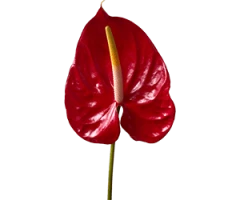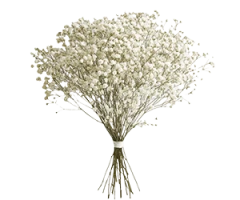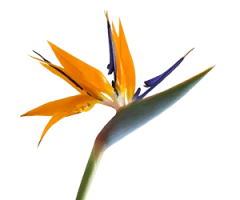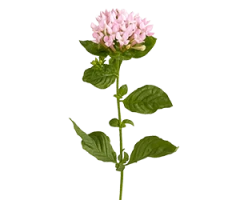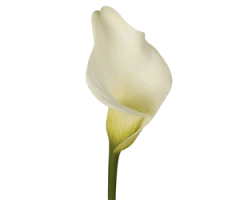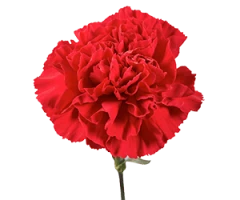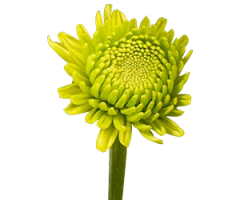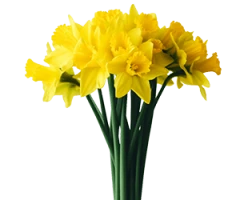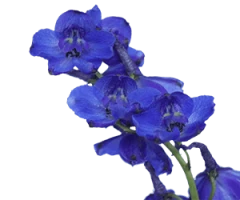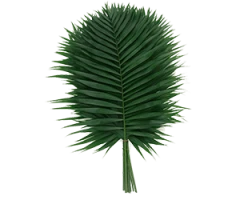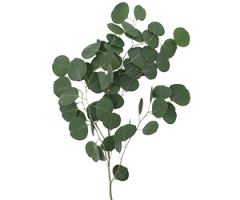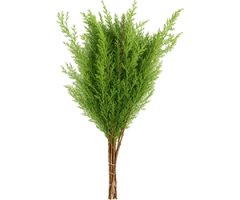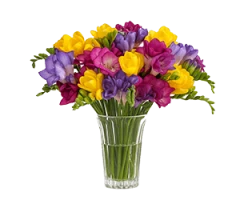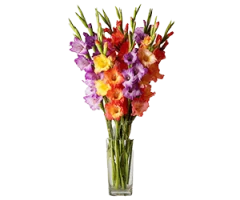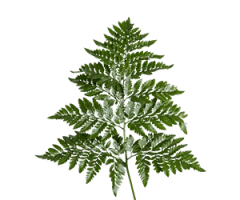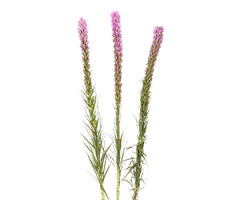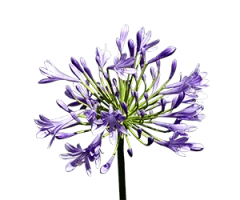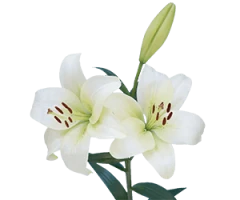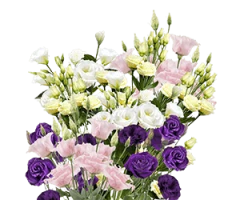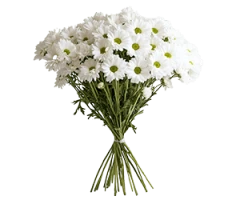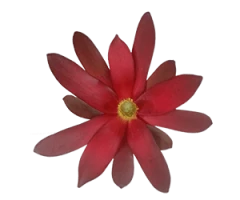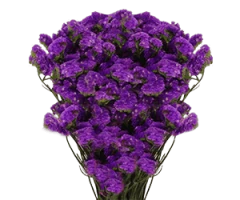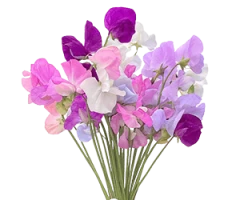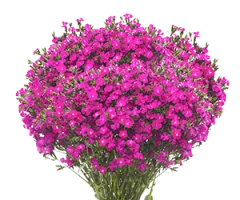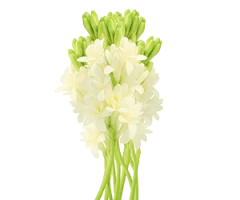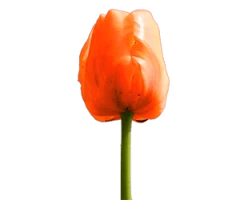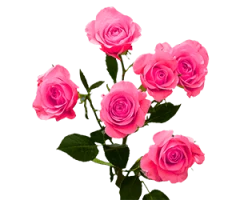
Botanical Name: Rosa cvs., hybrids
Consumer Life:
Properly handled, and given an effective fresh flower food, roses
will give a display life of 4-12 days depending on cultivar.
The rose undoubtedly remains the queen of the cut flowers. The
historical association of this flower with romance and beauty
ensures that roses will continue to be a highly desired cut flower
in the future. Properly handled, most of the commercial cut roses
will easily last in the vase for 10 days.
Unfortunately, many consumers consider roses to have a very short
vase life. This is partly because poor water uptake by certain
cultivars of purchased roses all too often results in the symptom
called bent neck in which the flower neck wilts, and the bud fails
to open. In addition, many commercial cultivars are quite sensitive
to ethylene gas. Proper postharvest care for those cultivars
susceptible to bent neck and appropriate pre-treatment of those that
are sensitive to ethylene will increase vase life and should improve
consumer view- point.




